Check the History of Your Land
Do you truly know the history of your land?
September 14, 2023
When we pass into our next life, all we can worry about is what the markers for our bodies are going to say. “Here lies the body of…” as many of them say, but how would you feel if people mistook your headstone as a boulder?
I wanted to get an exact number of how many unmarked graves sites have been found, but there was never a number that seemed trustworthy enough. What happened to all these people that once used to walk with us?
While in Niantic, Connecticut, my friend and I were on a drive looking for geocaches when one of them required us to go into a local cemetery. Something about the cemetery made us want to look through it more, and when we did, there was a surprise waiting for us.
The far back end of the cemetery was all grown in but there was a place marker right in the middle of all the brush. When examining the site further we saw that it wasn’t just overgrown shrubs and weeds–there were cement cube blocks with just a letter on them such as “K”. There was nothing to separate these plots from the others besides a single initial.
There was a marked site, though. Could it have been someone from a wealthier family?
After looking into Union Cemetery, we found out that the back half of the land was dedicated to the babies that belonged to the women from a nearby prison. So not only did these kids have short lives, but they weren’t even able to be remembered the right and humane way.
In Ireland, there was a Catholic Care House that found remains of babies as well as children discovered on their plot of land. This home was a place for orphans, unmarried women and their children. It is said to have had remains of close to 800 people. This home is now undergoing investigations of child neglect.
In 2014, Irish Government discovered 800 death certificates but only burial certificates for two.
Ontario, Canada, had a home for indigenous kids, from 1890 to 1969, that were torn from their families and forced to go to boarding school. Many children that went away to Kamloops Indian Residential School never came back to their families and were given little to no information on what might’ve happened.
Now, a community of Indian people are pretty certain they know what had happened. Evidence led many to believe that there is a mass grave containing remains from 215 children on the grounds of the school.
Kamloops wasn’t the only Indian residential school that had reports of remains found. Marieval Indian Residential School in Saskatchewan, Canada, was reported to have remains of 751 people on their school grounds.
In the 19th century, Canada was home to a system of residential schools, mostly operated by churches, that Indigenous children were forced to attend. The system went into decline during the 1970s, with the last school closing in 1996.
There was a group called “National Truth and Reconciliation Commission” that was a part of a government apology over the the schools was able to conclude that at least 4,100 children died while attending these Indigenous schools.
The main cause of death from these schools were always either mistreatment or neglect. On the rare occasions, it was from a disease at the time or an “accident.”
Yet again there were parents that were left in the dark about what truly happened to their children.
When you find a headstone, consider those that never had their own, and think about the legacy you hope to leave behind (if you are lucky).
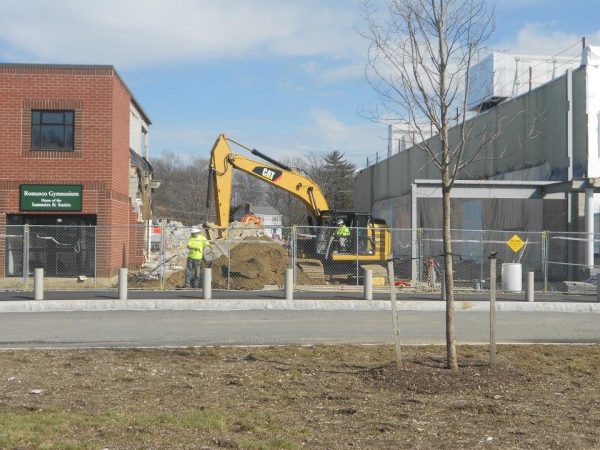

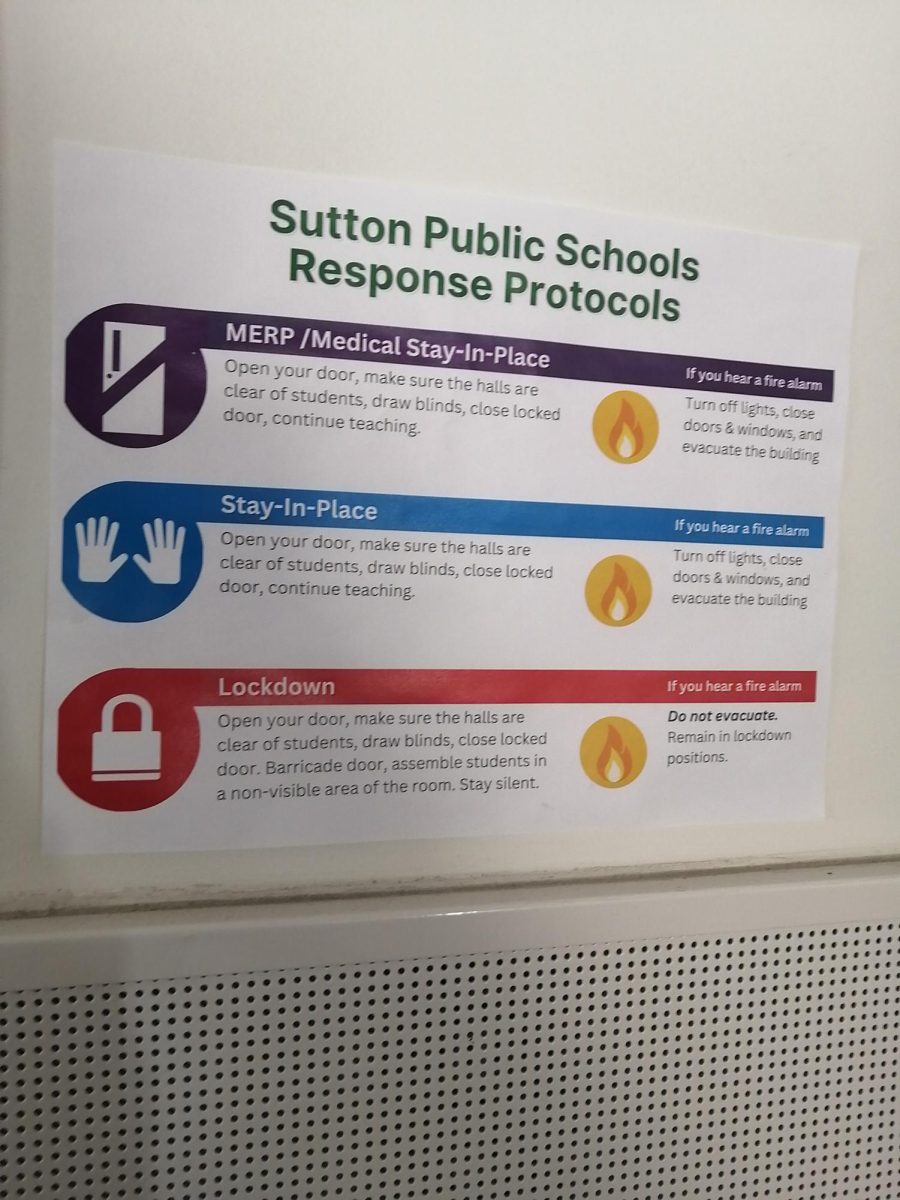
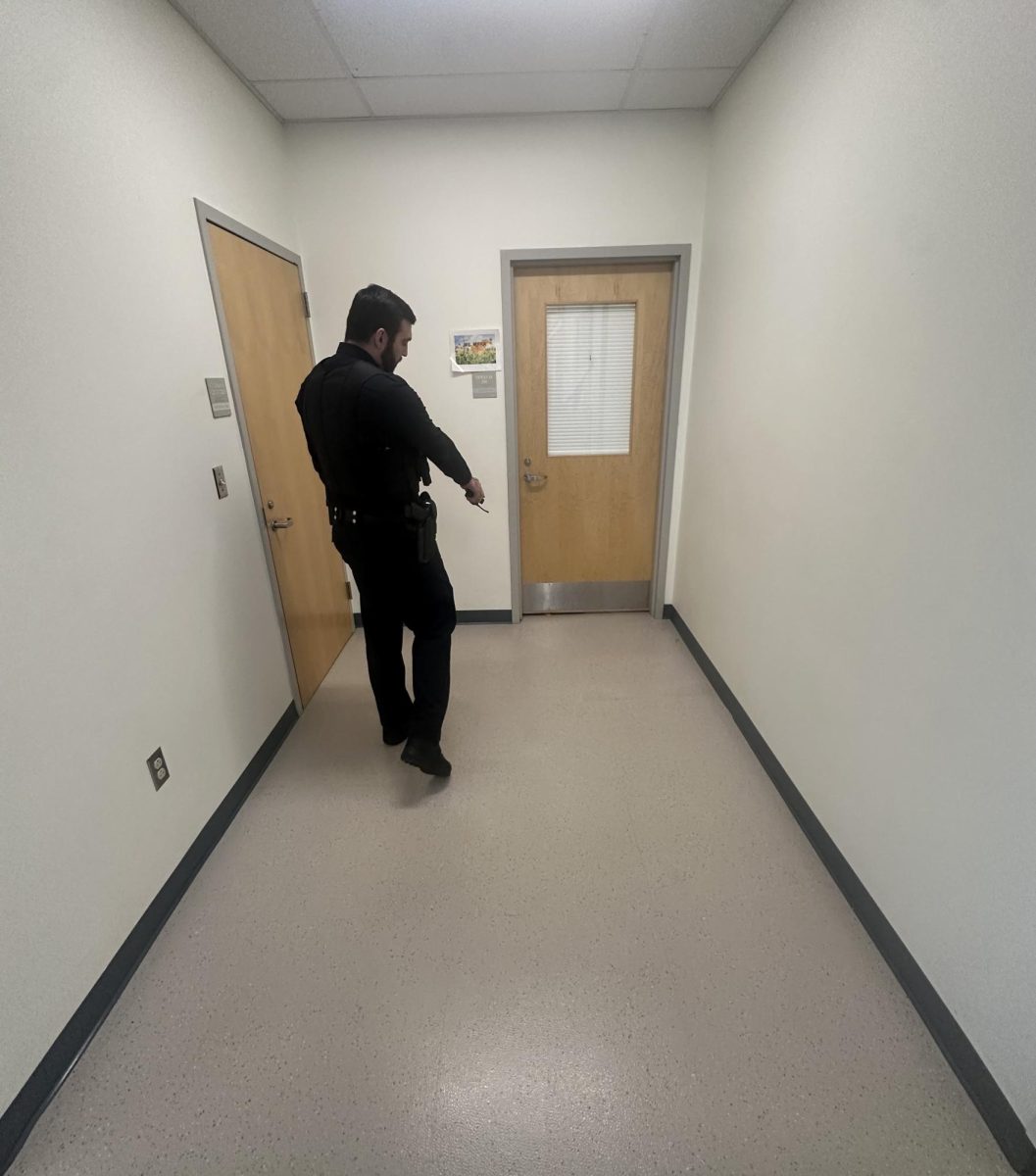

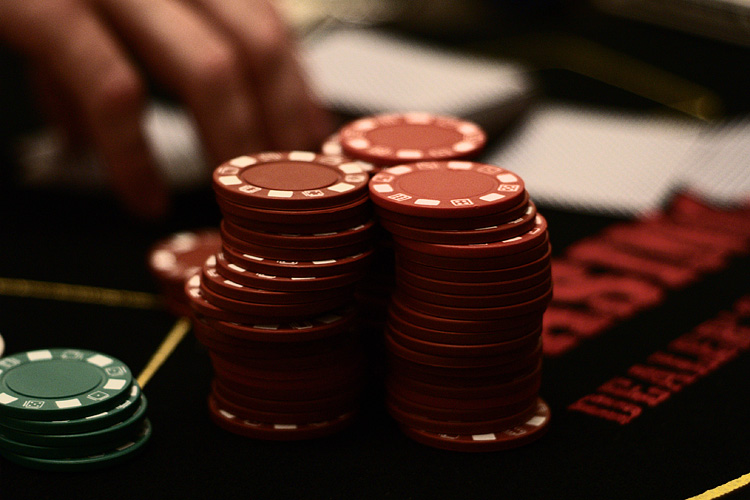
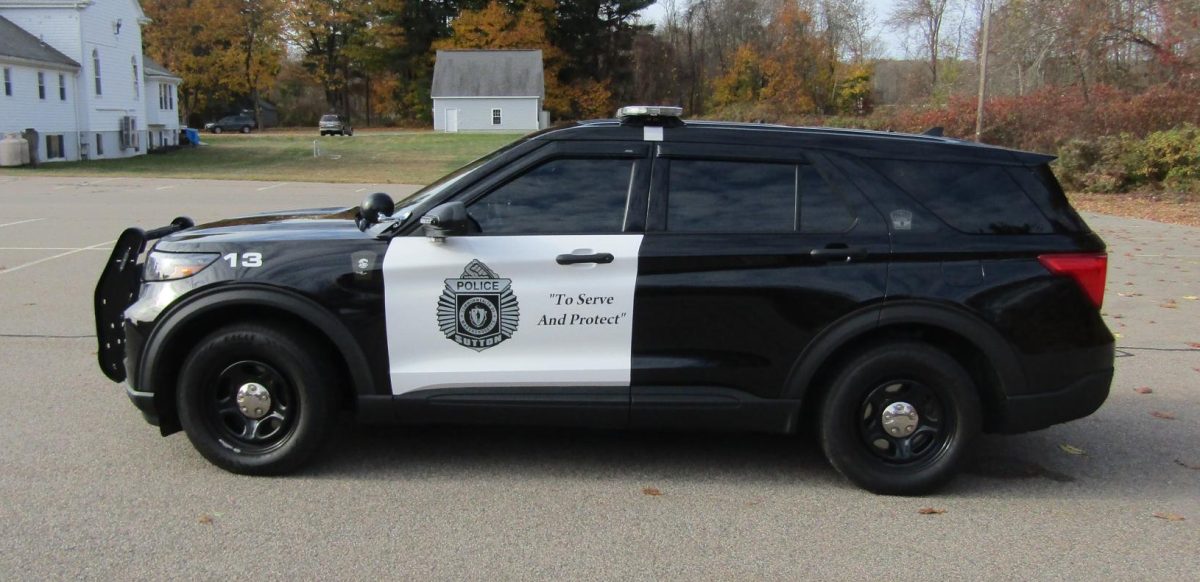

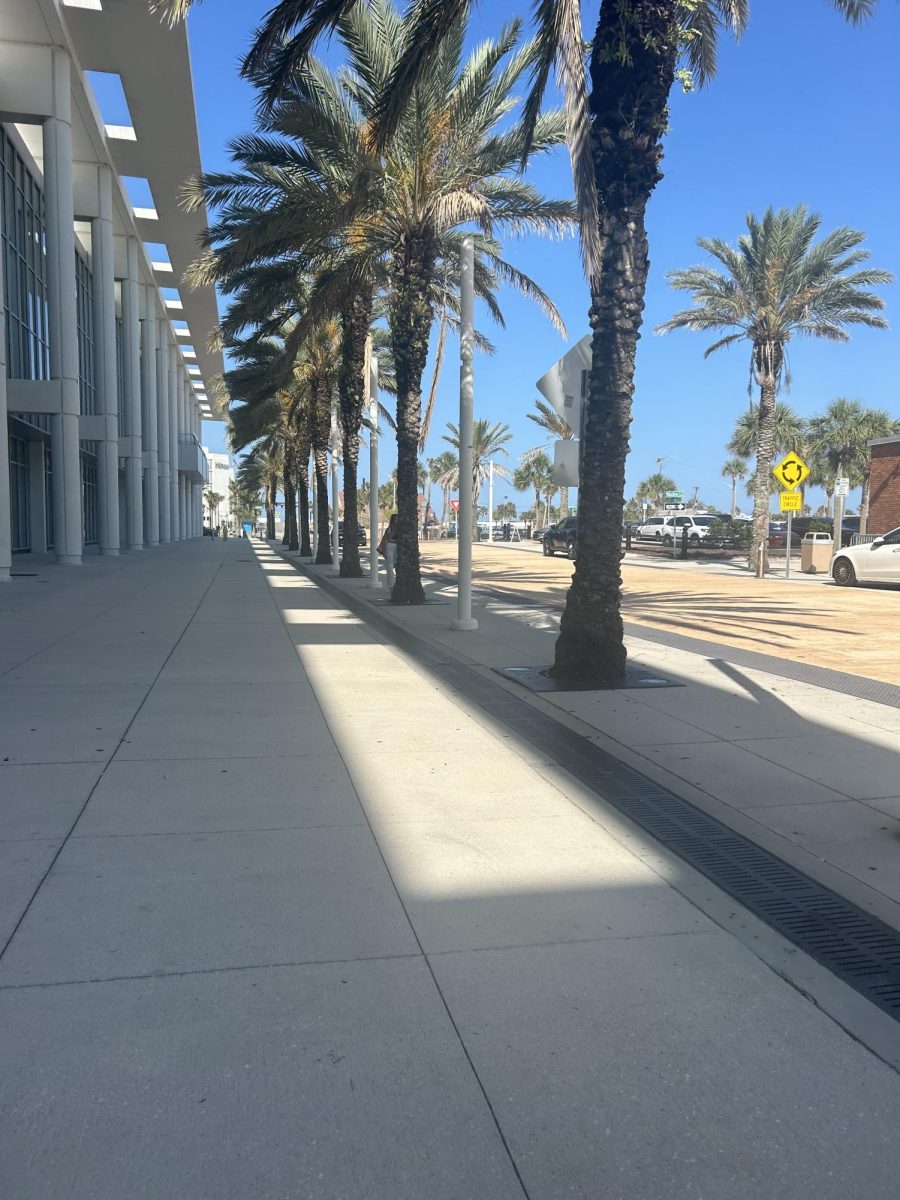
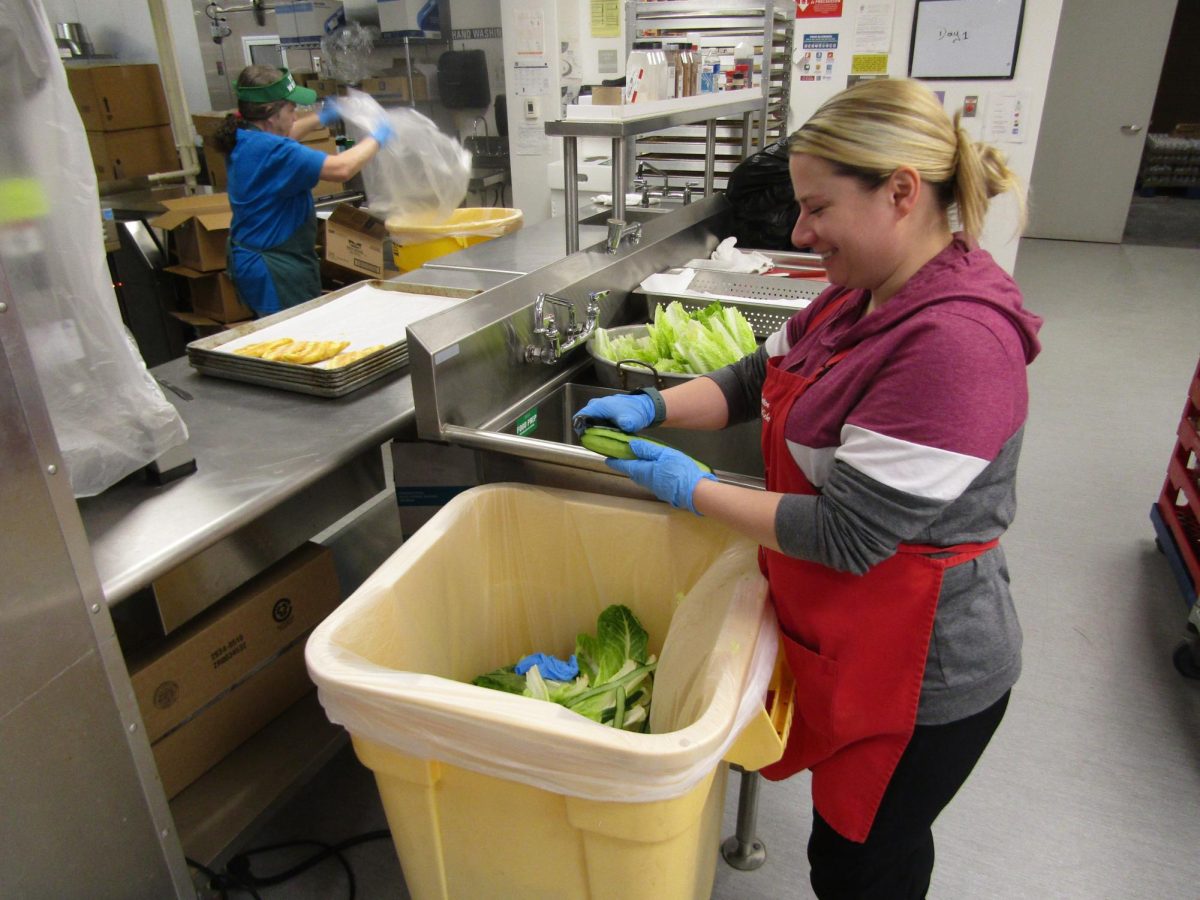
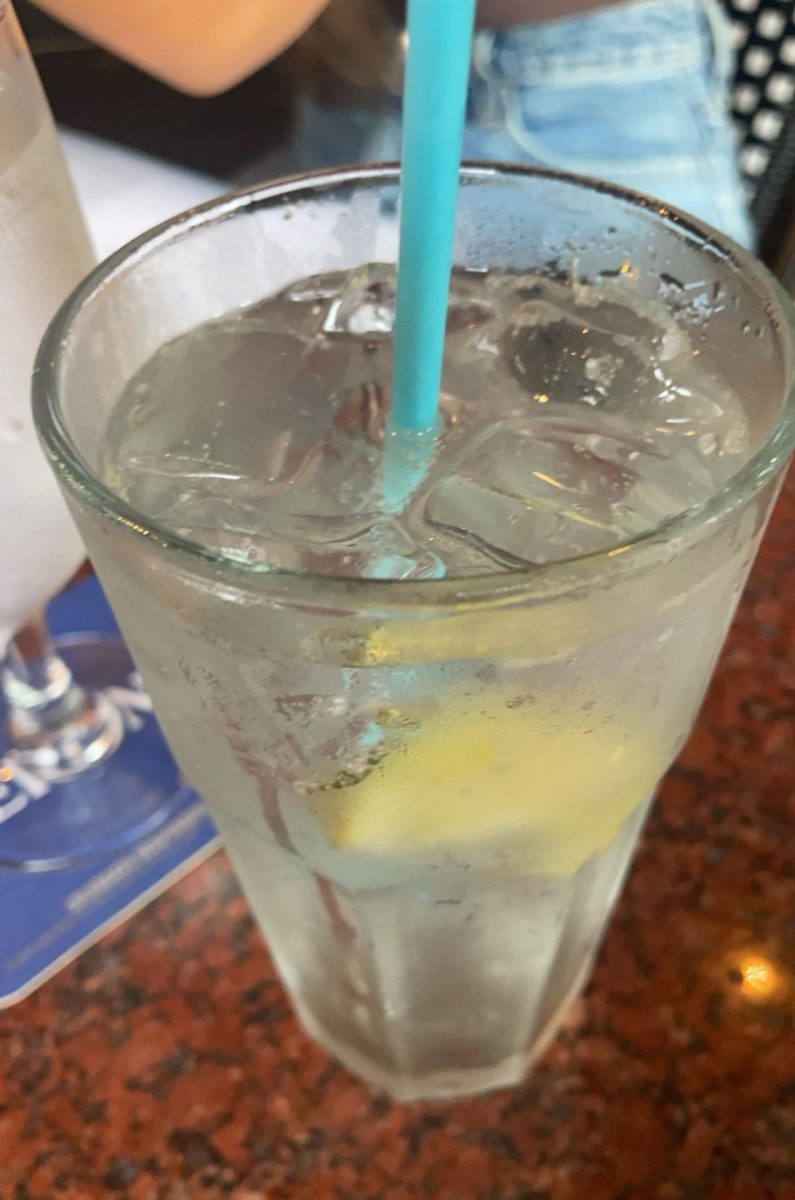
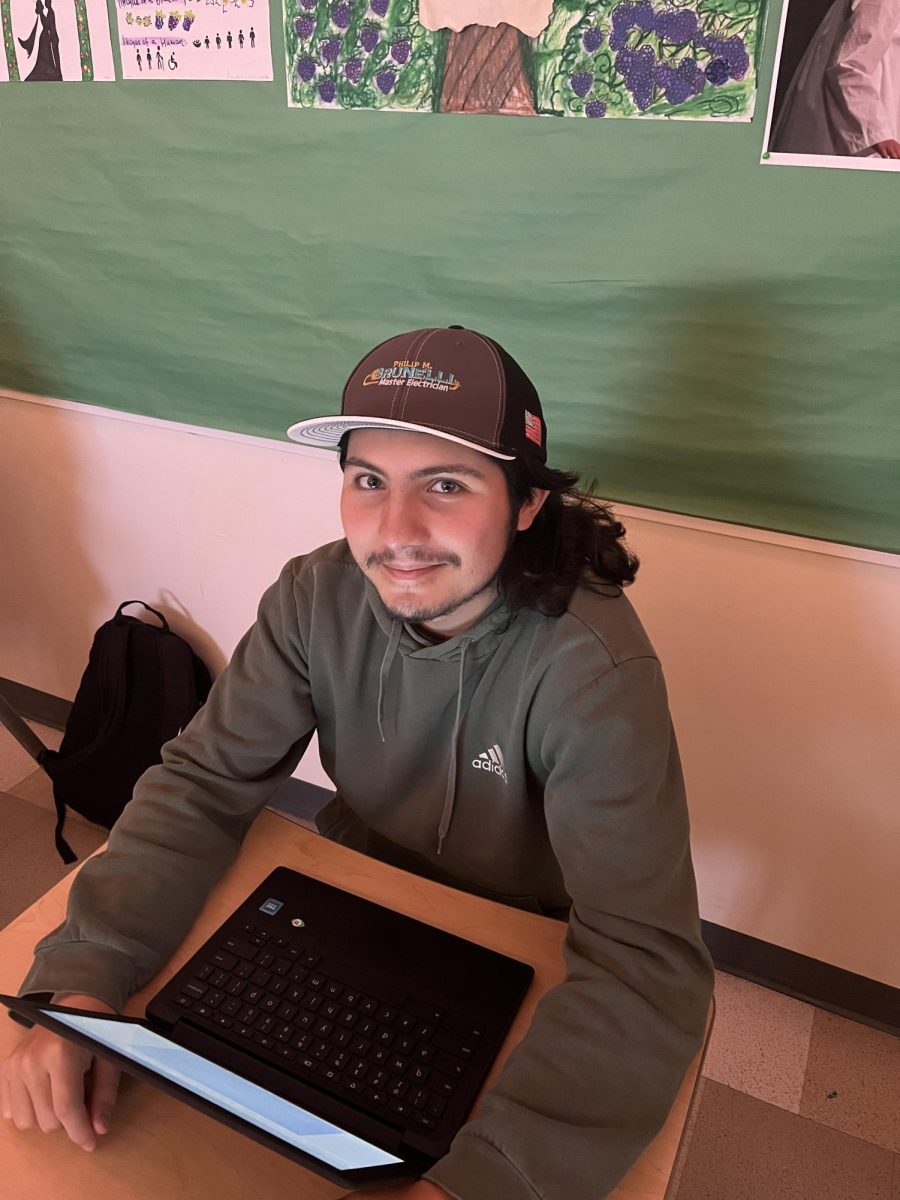
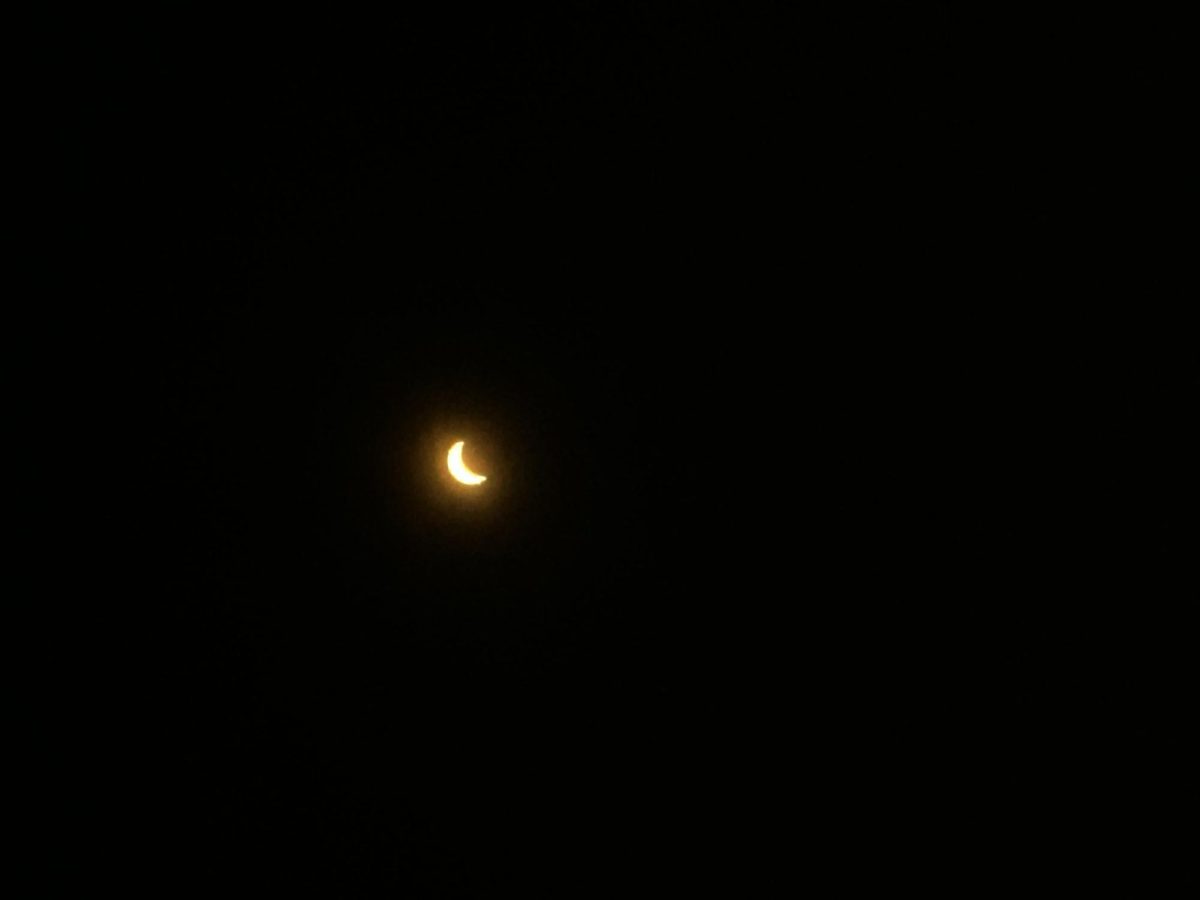
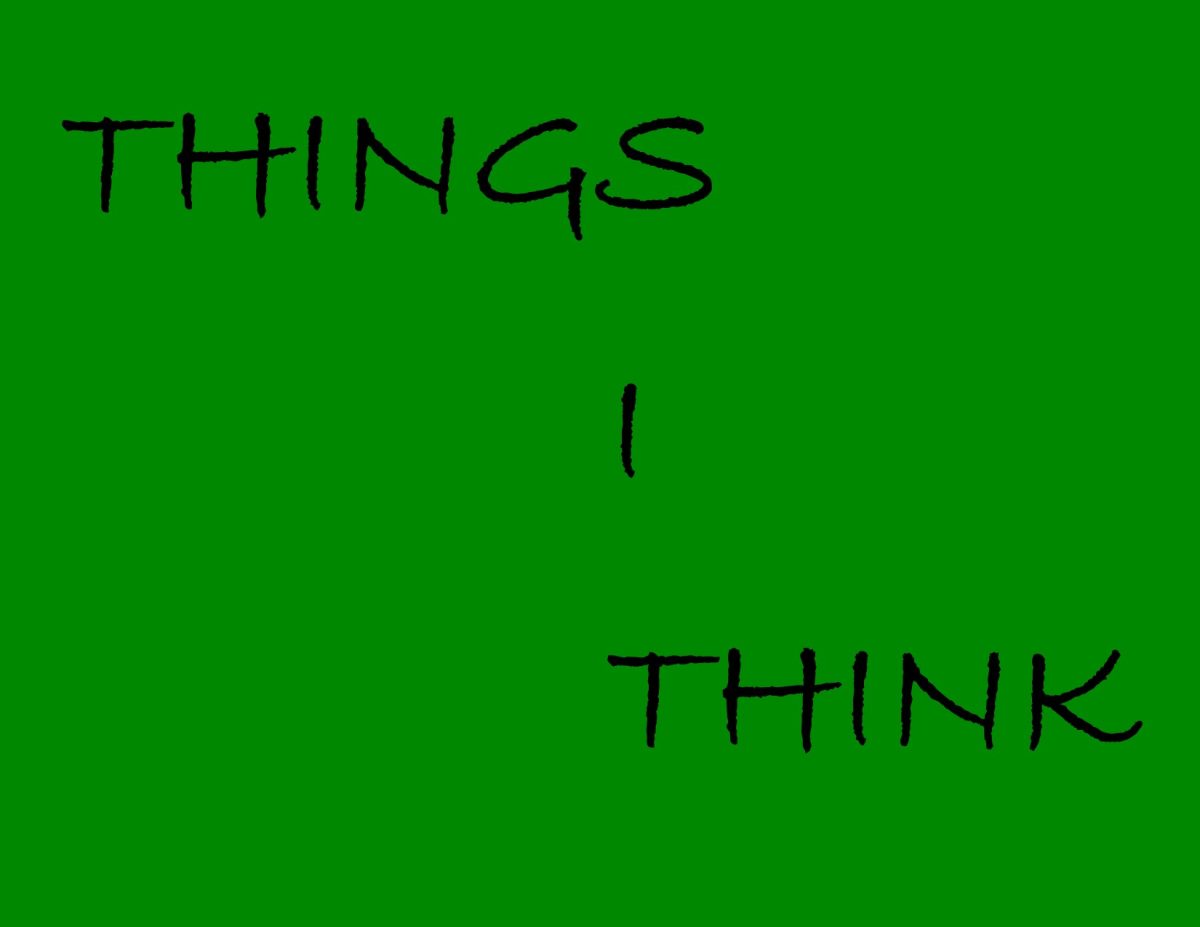

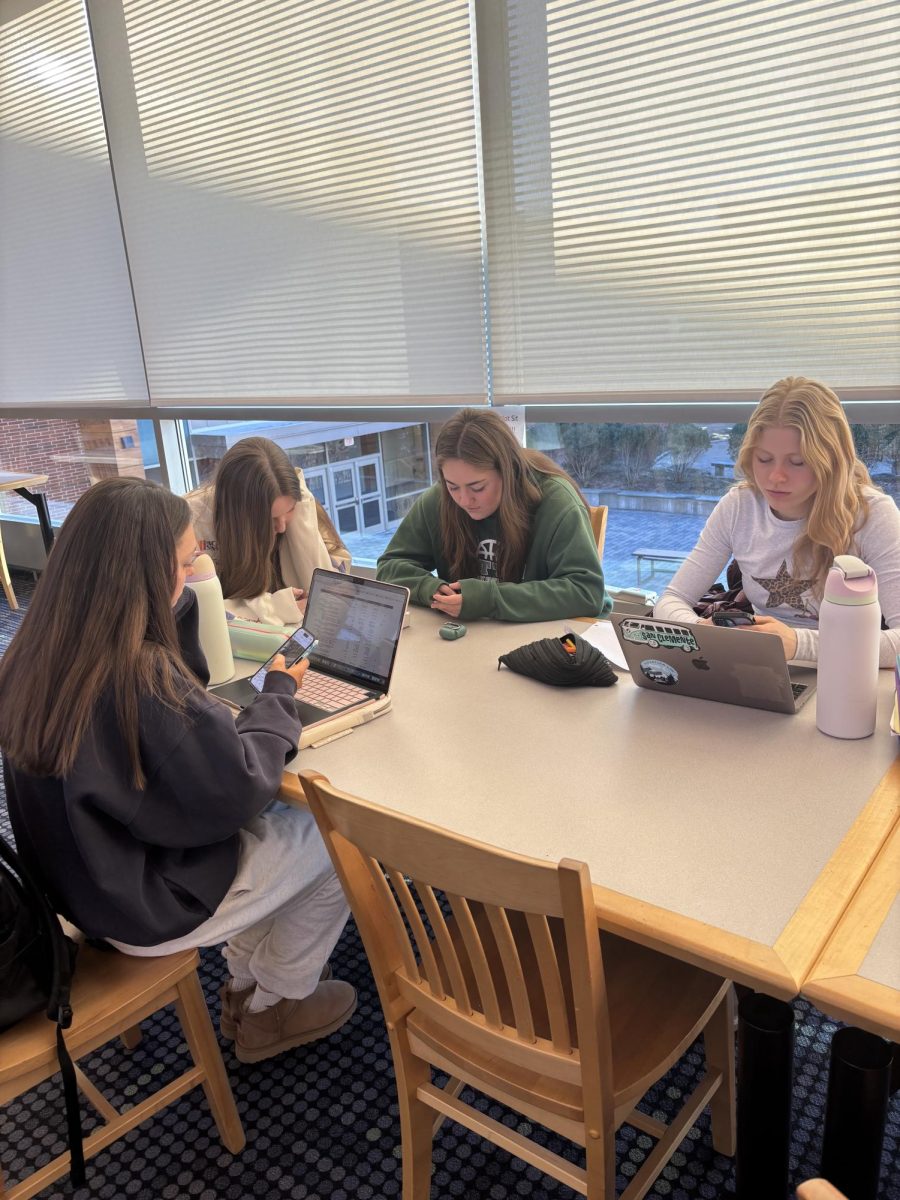

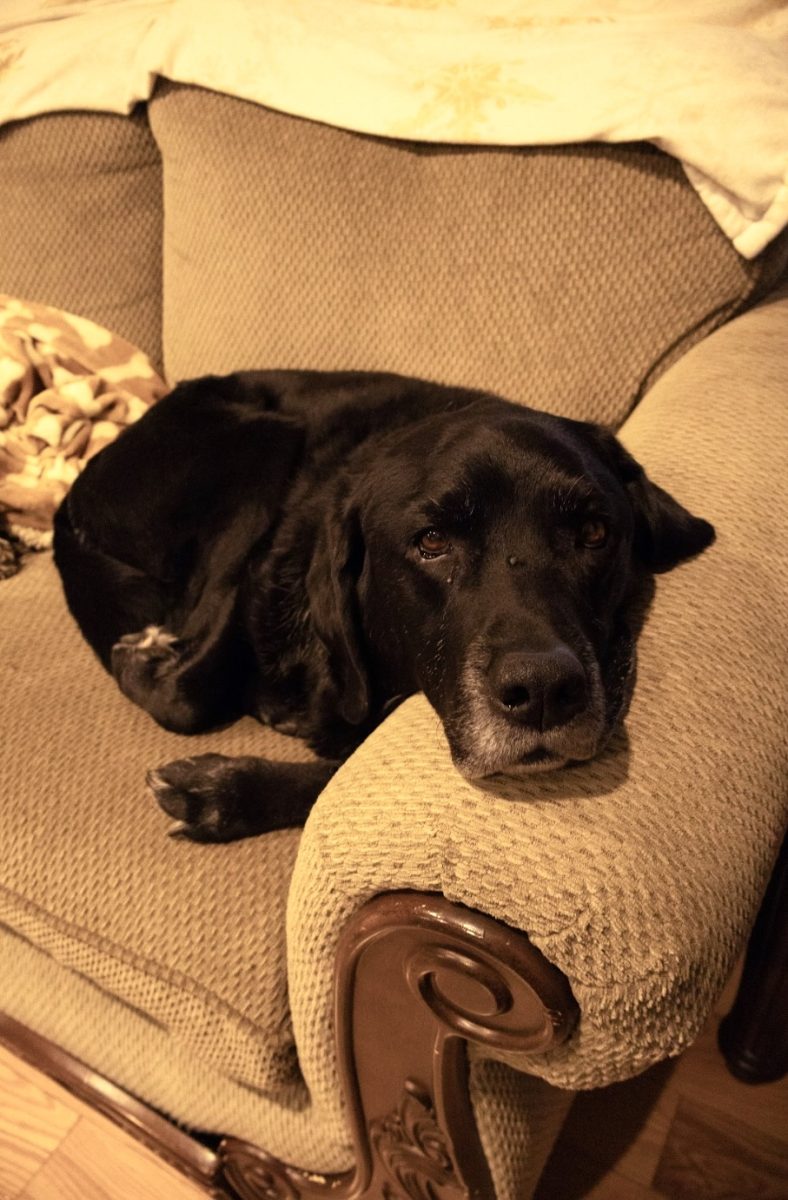




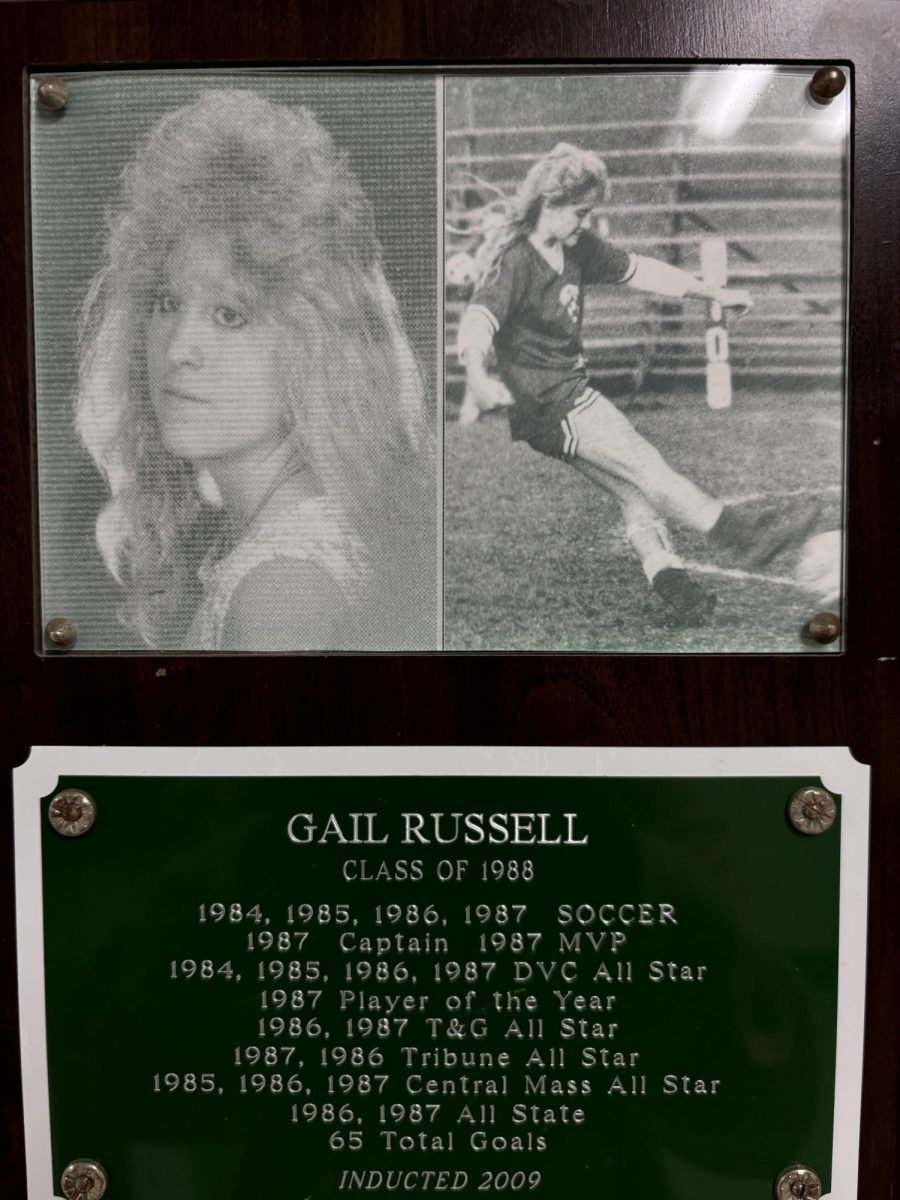
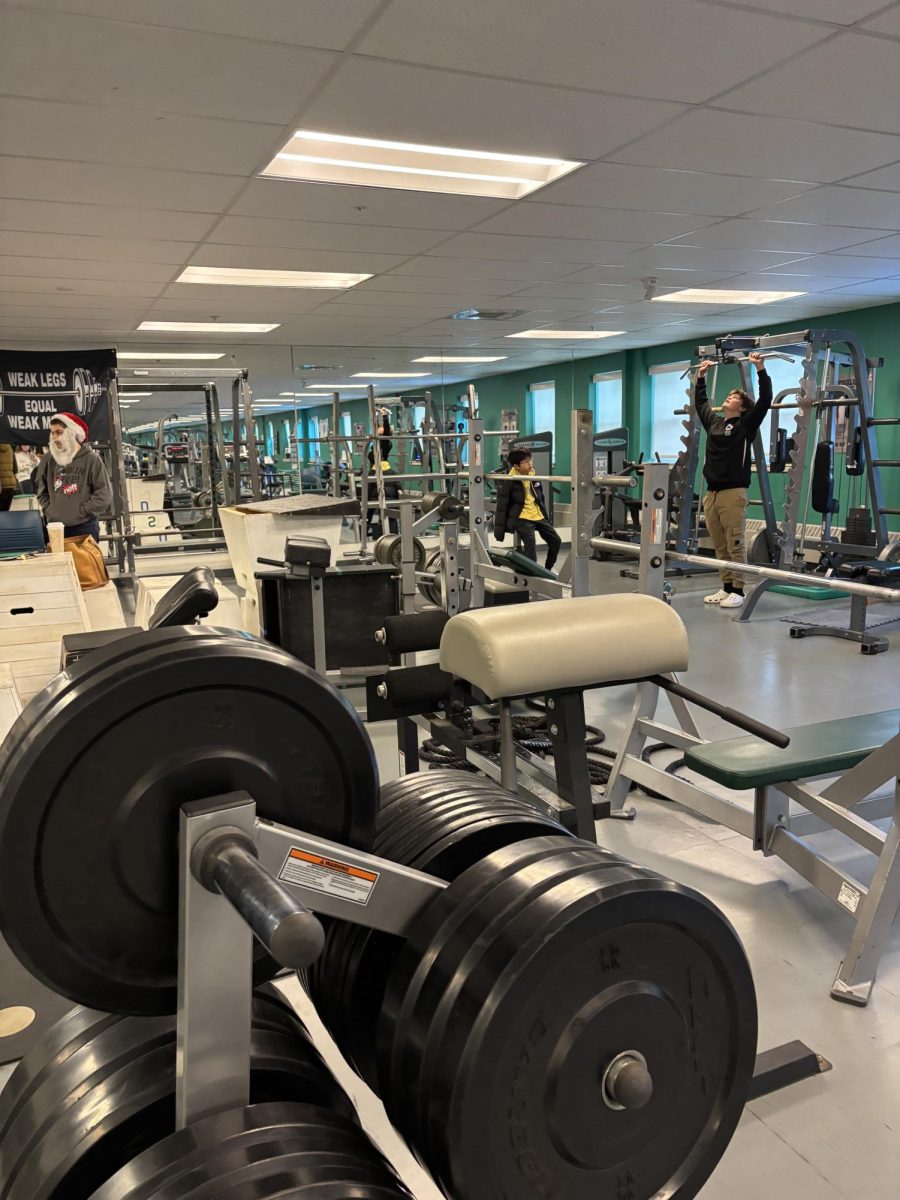
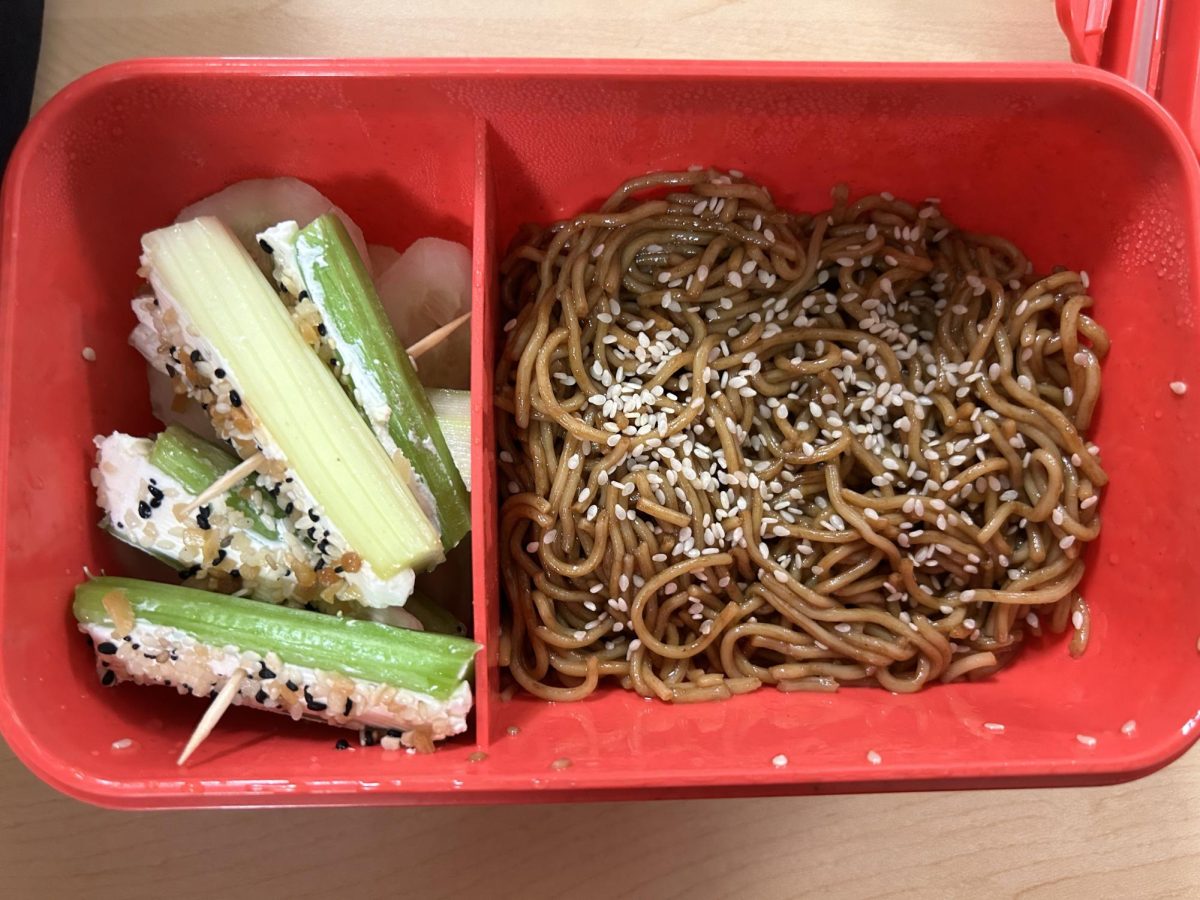
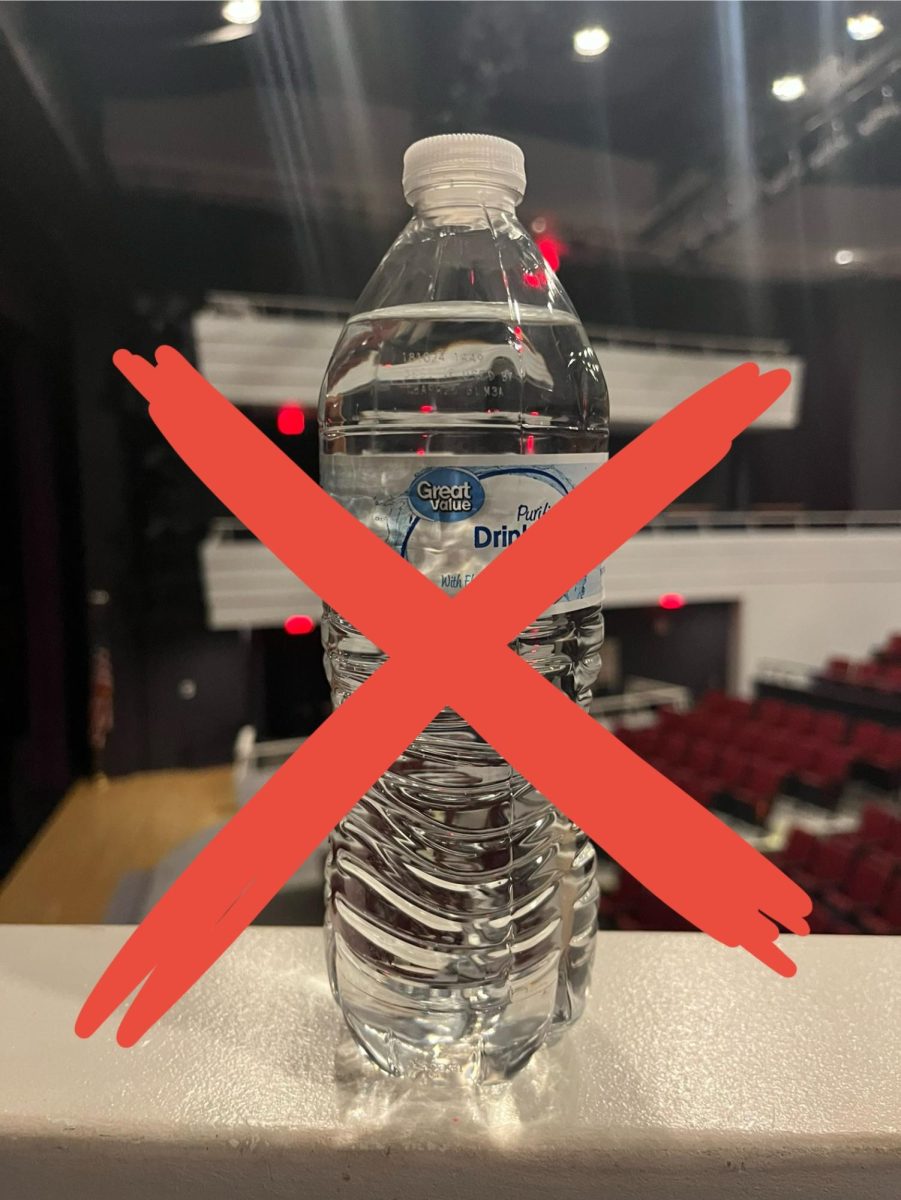
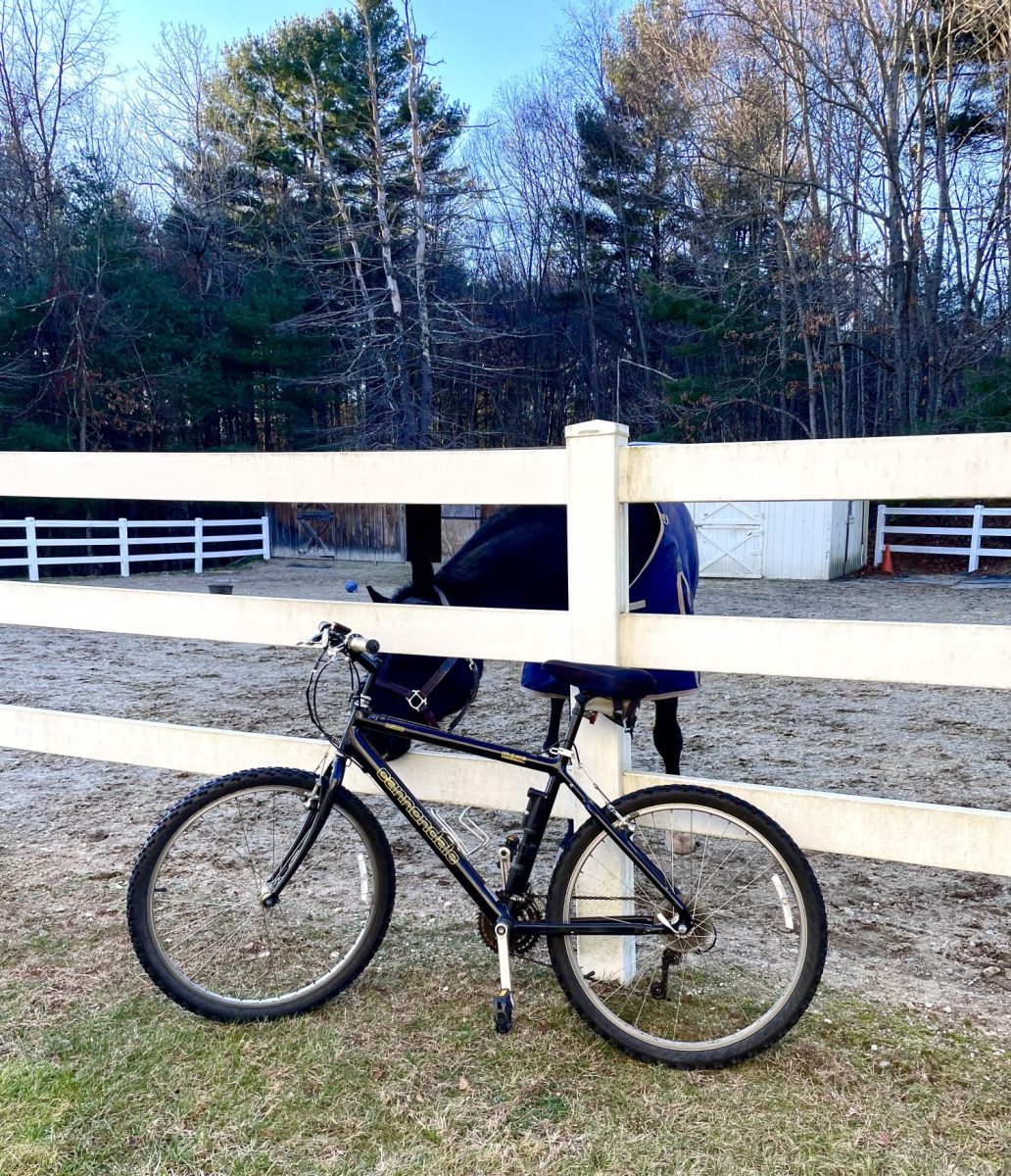
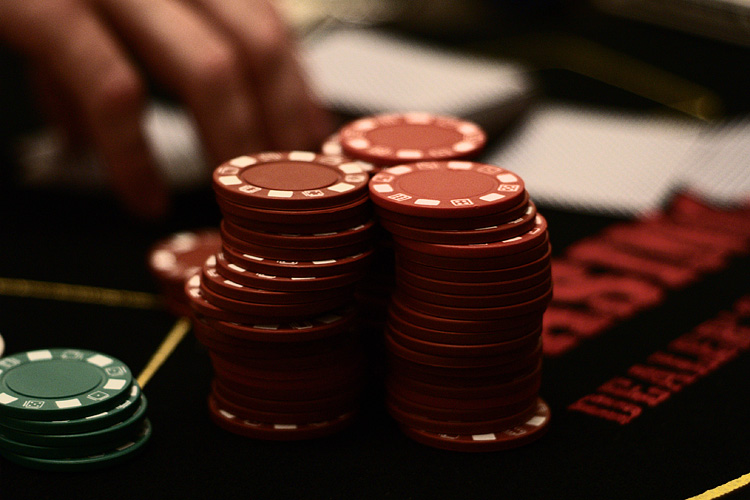
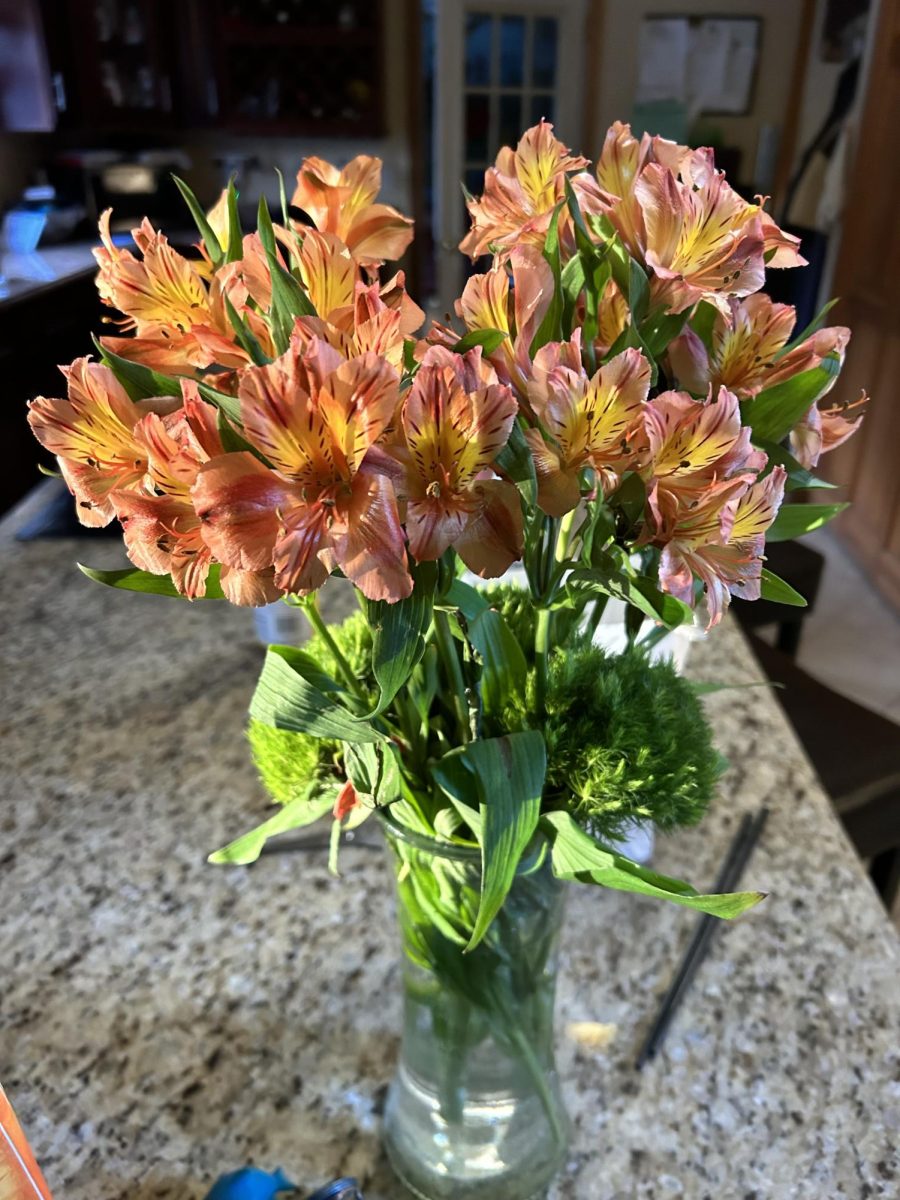
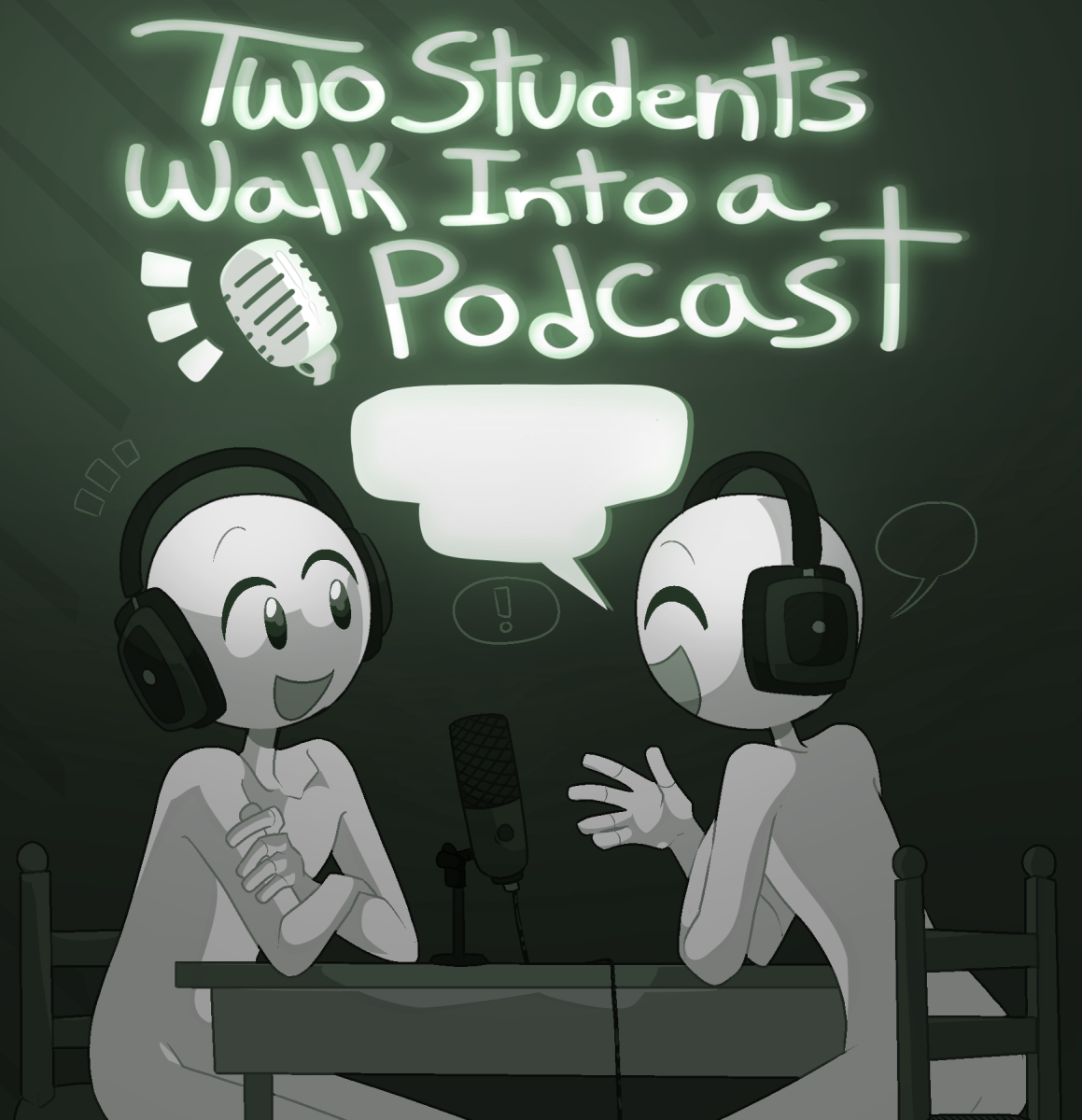
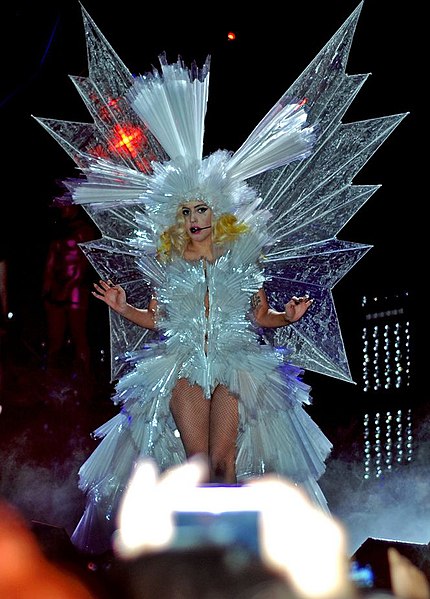
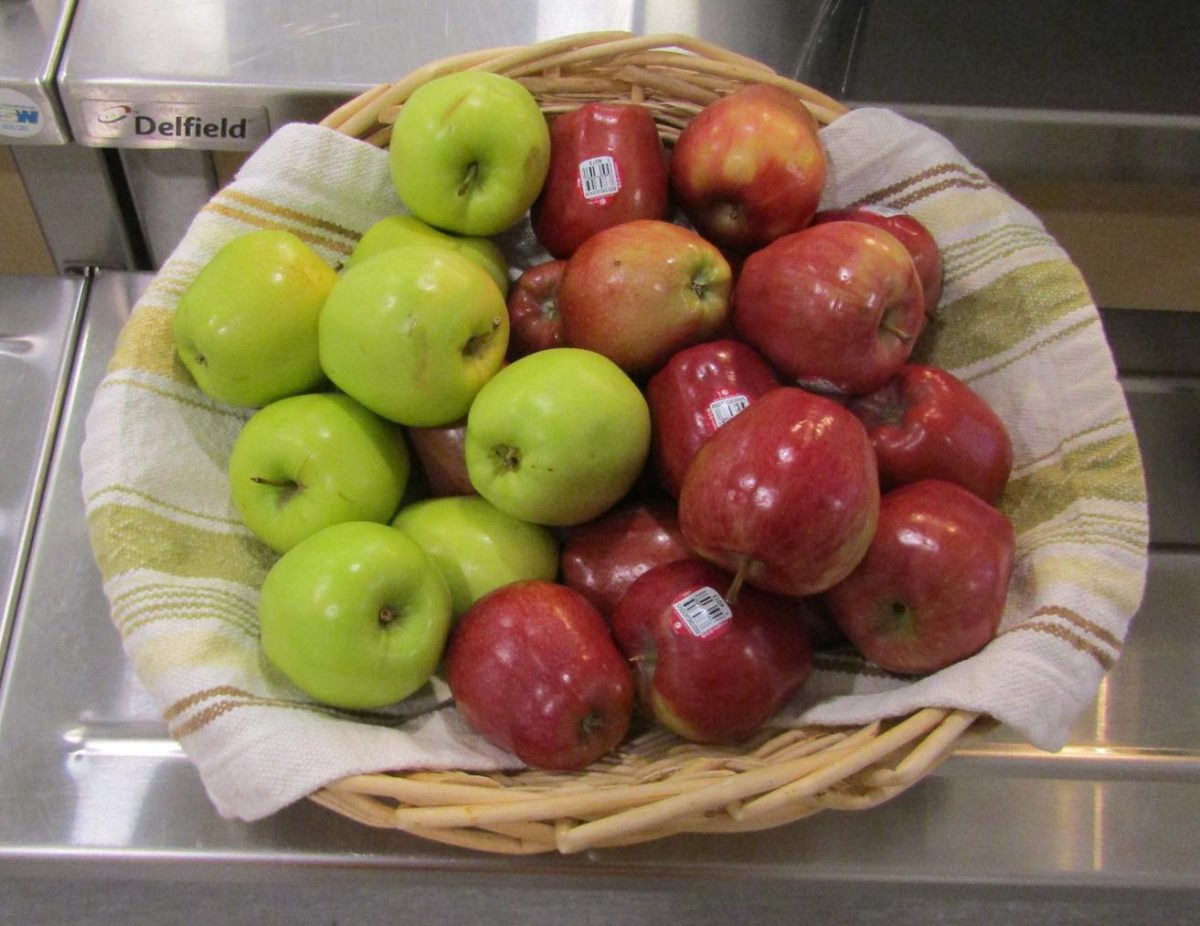
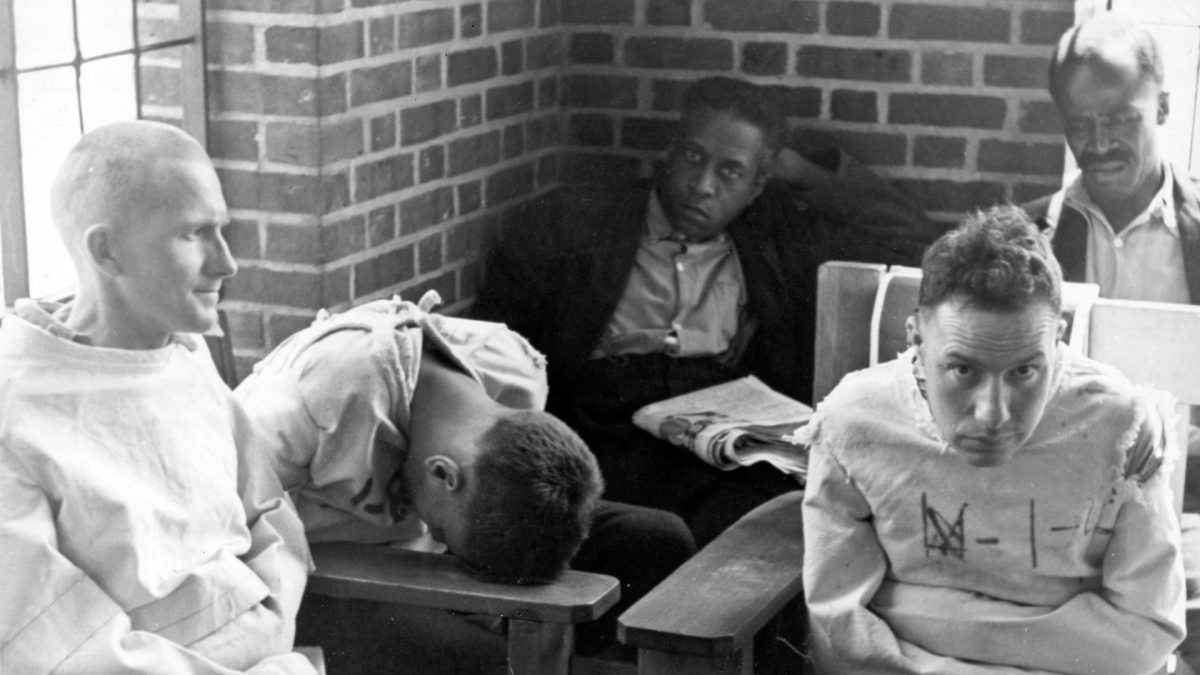

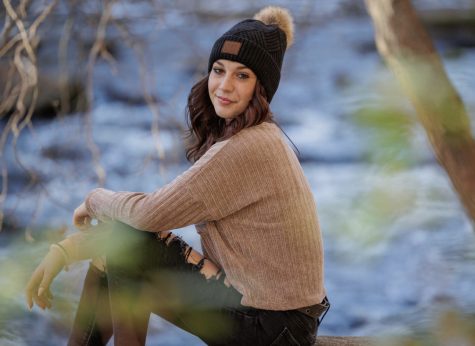
Liam Kane • Sep 25, 2023 at 9:59 am
It is incredible that so many people in these graves died from mistreatment and not of natural causes.